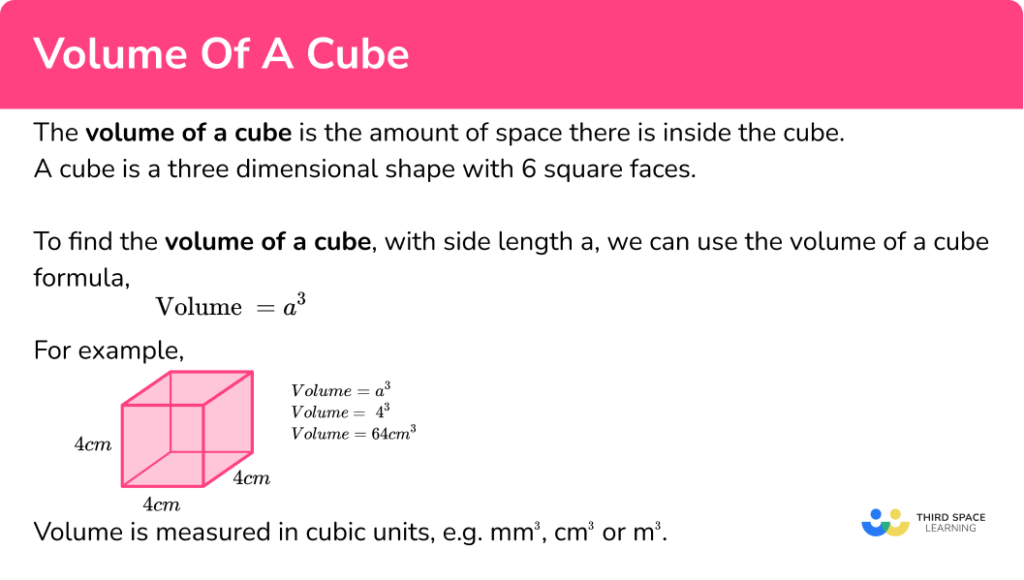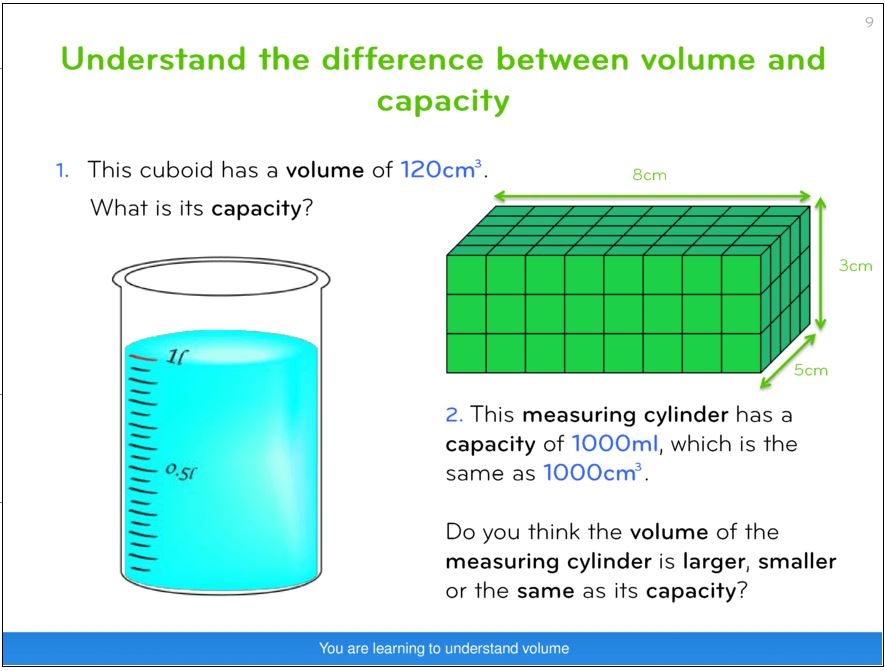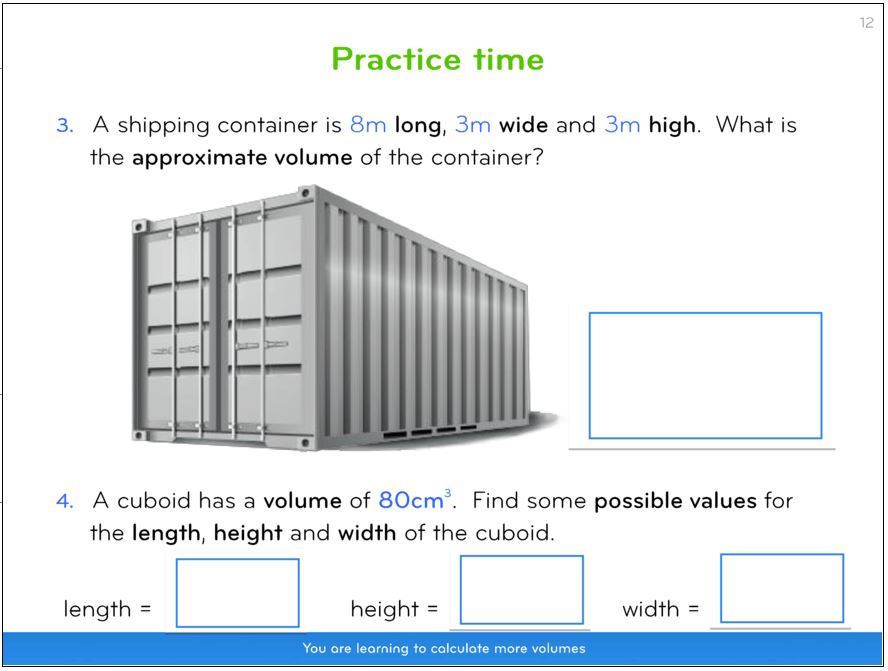Three Strategies Guaranteed To Develop Your Students’ Math Language Skills
Since we began, Third Space Learning has provided online one-to-one math interventions for over 60,000 students. In doing so, we’ve learned a great deal about the best strategies to help students become better mathematicians, and how to implement them most effectively.
We’ve found that math language is one of the most crucial aspects of a strong mathematical skill set, but can be one of the most overlooked. With that in mind, here are three of the strategies we’ve used to help our students develop their math vocabulary, and how you can implement them in your own classrooms.
Effective Math Interventions: A Guide for Schools and Districts
Third Space Learning offers research-based strategies on implementing successful math interventions. Contains free math intervention resources for use in the classroom.
Download Free Now!1. Put More Focus On Explicitly Teaching Math Language
Teaching math language is often overlooked in classrooms because it is overlooked at the staff-wide level. Organizing professional development sessions to provide staff with a renewed focus on math language can encourage them to introduce it in lessons.
How Third Space Learning Applies This Strategy
Third Space Learning’s focus on developing mathematical language is now integrated directly into the design and training of Skye, the AI maths tutor. This design is rooted in the previous rigorous training for human tutors, which prioritized explicit language instruction and regular testing of subject knowledge.
How Can I Apply This In My School?
Explicitly teaching math language is an idea that many teachers are aware of, but it’s also one of the easiest aspects of teaching math to ‘fall through the cracks’ in day-to-day planning. Holding professional development sessions on the topic as ‘boosters’ with informal tests or refresher activities can be extremely valuable in bringing it to the forefront of teachers’ minds.
It may also be worth holding professional development sessions to go over effective language teaching strategies; while staff may already have their own ideas of how to help their students develop their mathematical vocabulary, group professional development on this topic could help them expand their pool of resources and activities.

Meet Skye, the voice-based AI tutor making math success possible for every student.
Built by teachers and math experts, Skye uses the same pedagogy, curriculum and lesson structure as our traditional tutoring.
But, with more flexibility and a low cost, schools can scale online math tutoring to support every student who needs it.
Find out more
2. Develop A Consistent, Comprehensive Reference Resource
Standardizing math vocabulary across your school helps students learn key terms earlier and develop a greater understanding of them without confusion.
How Third Space Applies This Strategy
Third Space Learning’s approach to providing consistent, high-quality math language instruction is now embedded directly into the content delivered by Skye, the AI maths tutor. The purpose of the original “Tutor Notes,” which ensured consistency across lessons and years, is now achieved through the teacher-designed content and the AI tutor’s training.
It may seem like a simple point, but it has a profound impact – especially for those students who have used our intervention programs across multiple school years.
Because our curriculum is internally consistent, lessons across different grades use the same language to refer to math concepts. This has two major impacts:
a) Students can more easily absorb the language used and associate it with the concept being covered; that association becomes context-agnostic. So if a student sees the word “combine” in a question, they will understand that the question involves addition regardless of how it has been framed.
b) As a direct consequence of point a, students find it less daunting to approach new topics because they have a reference point e.g. a strong working understanding of the word ‘symmetrical’ from learning 2D shapes can make learning 3D shapes that much easier.
How Can I Apply This In My School?
Establishing a school-wide set of ‘math language terms’ can be a difficult task, but it will undoubtedly have its rewards. This will be doubly effective if the terms are agreed by all class teachers e.g. during a professional development session.
While this is essentially a longer-term strategy, implementing it midway through the year will still provide benefits for students.
3. Incorporate Math Language Into Every Lesson
In order for students to fully embed math vocabulary, they have to be able to employ it as a natural part of their problem solving repertoire. Making it part of every lesson helps students develop this association more completely.
How Third Space Applies This Strategy
As well as ensuring Skye, the AI tutor, is trained to best help students get their heads around math as a language, our Curriculum Team has also put considerable time into embedding opportunities for exploring math language into the structure of our intervention lessons.
All our lessons begin with a tutor-student discussion of the learning objectives for the lesson, during which the key math vocabulary for the lesson is highlighted and defined (if it’s new) or recapped (if it was covered previously).
As students work their way through the lesson, their understanding of the new vocabulary is reinforced in stages, procedurally building context.
For example, the beginning of a lesson may focus on pure math – simple questions that make the link between vocabulary and concept clear.

Later problems add in layers of context, getting the student used to making a more abstract connection between concept and word.

The final question of every lesson in our math intervention programs is a highly contextualized problem. This serves as a test of how well students have understood the new concept learned (and the language associated with it), and whether they are able to articulate their understanding effectively.

Because students have been exploring and deciphering questions throughout this process with the AI tutor assisting them, they are able to develop a more effective understanding of both the math language they’ve been learning and how to employ it.
How Can I Apply This In My School?
Weaving math language into the structure of a lesson is a key part of several teaching strategies, as is procedurally building students’ understanding of a new topic. It is worth remembering however that this is most effective when it appears to be a natural part of the lesson.
Rather than only having specific language-focused activities, look for ways to use (and encourage children to use) math language as part of other activities. Using the correct language should become part and parcel of their overall approach to problem solving, not a separate step.
Useful resources
- Elementary math vocabulary guide
- Math dictionary for kids
- 9 Math intervention strategies
- 13 Effective Learning Strategies
Helping students develop their mathematical language is not a simple process, but we’ve seen great success using these strategies, and we hope you will too.
Do you have students who need extra support in math?
Skye—our AI math tutor built by experienced teachers—provides students with personalized one-on-one, spoken instruction that helps them master concepts, close skill gaps, and gain confidence.
Since 2013, we’ve delivered over 2 million hours of math lessons to more than 170,000 students, guiding them toward higher math achievement.
Discover how our AI math tutoring can boost student success, or see how our math programs can support your school’s goals:
– 3rd grade tutoring
– 4th grade tutoring
– 5th grade tutoring
– 6th grade tutoring
– 7th grade tutoring
– 8th grade tutoring
The content in this article was originally written by a member of the content team Anantha Anilkumar and has since been revised and adapted for US schools by elementary math teacher Katie Keeton.







